Here are the official and unofficial National Symbols of the Philippines
The National Symbols are proofs of the rich cultural heritage of the Philippines that stands and describes traits of the Filipinos.
NCCA or the National Commission For Culture and the Arts declared these official symbols as respective laws stated them while the unofficial symbols are still recognized even without the laws confirming them yet.
Official National Symbols
National Flag
National Historical Commission of the Philippines defined the Philippine Flag as made of silk. It has a white equilateral triangle at the left containing a sunburst with eight rays at the center, three five-pointed stars at each angle of the triangle. The upper portion is a blue stripe while the lower stripe is red.
Symbolism: sun – liberty; 8 rays – first 8 provinces that fought against Spaniards; 3 stars – Luzon, Visayas, Mindanao; white triangle – hope for equality; blue stripe – peace, truth, justice; red stripe – patriotism and valor

National Anthem – Lupang Hinirang
Julian Felipe composed the Lupang Hinirang and was first played publicly on June 12, 1898, during the proclamation of Philippine Independence. The lyrics of the song were adapted from Jose Palma’s Spanish poem, Filipinas.

National Tree – Narra
Through Proclamation No. 652 s. 1934 Gov. Gen. Frank Murphy proclaimed the Narra or rosewood as the Philippine National Tree.
DENR Central Office needs to approve the cutting down of Narra through DENR Memorandum Order dated February 5, 2013.

National Flower – Sampaguita
Sampaguita which is generally known as the Arabian Jasmine is the Philippine National Flower.
Symbolism: white color – purity, simplicity, humility, strength
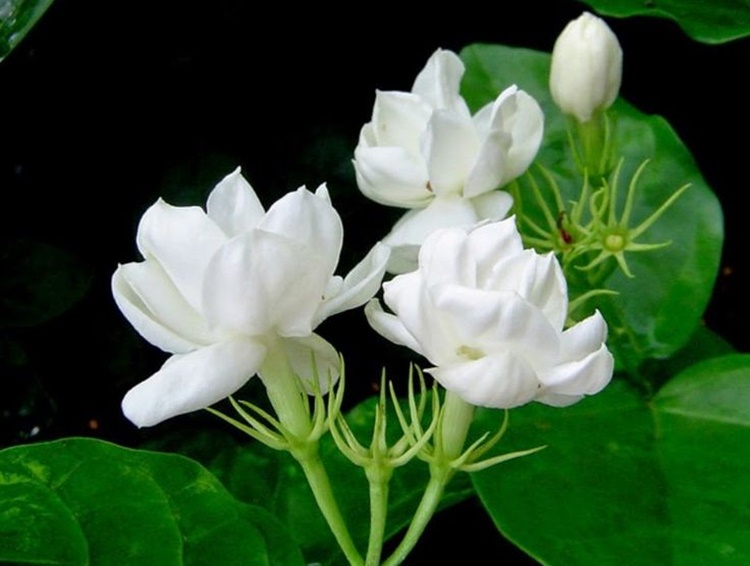
National Gem – Philippine Pearl
Former President Fidel V. Ramos proclaimed the Philippine Pearl as the National Gem of the Philippines through Proclamation No. 905 s. 1996.

National Bird – Philippine Eagle
“Philippine eagle” with scientific name Pithecophaga jefferyi became the National Bird of the Philippines when former President Ferdinand Marcos proclaimed it through Proclamation No. 1732 in 1978.
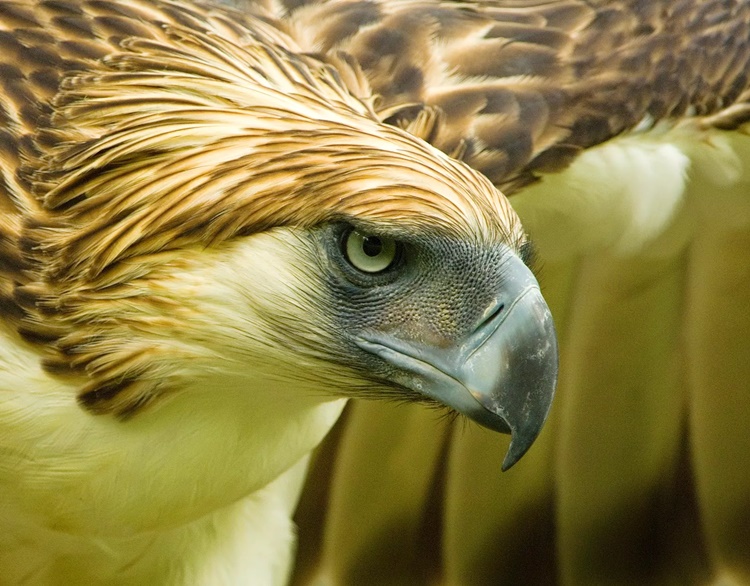
National Sports – Arnis
Arnis is both a martial arts and sports. It is likened to Japan’s Karate and Korea’s Taekwondo. This sport is also known as Kali or Iskrima. Former Pres. Gloria Macapagal-Arroyo signed the Republic Act 9850 into law declaring Arnis as the National Sports of the Philippines.
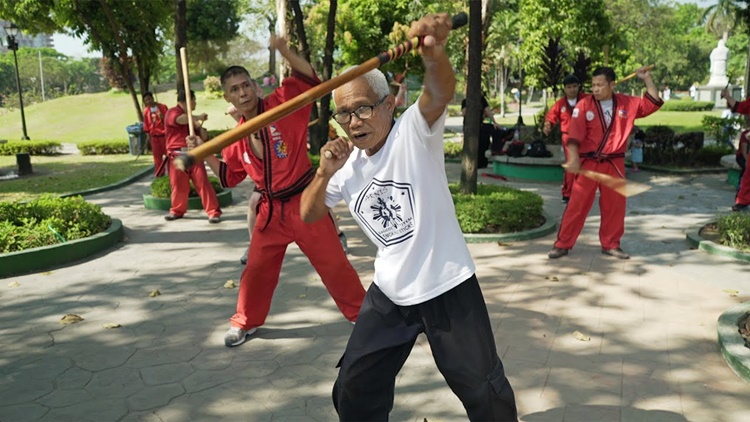
Unofficial National Symbols
Hero – Jose Rizal
National Heroes Committee submitted this list of prominent names in the history of the Philippines on November 22, 1995:Jose Rizal, Andres Bonifacio, Emilio Aguinaldo, Apolinario Mabini, Marcelo H. del Pilar, Sultan Dipatuan Kudarat, Juan Luna, Melchora Aquino, and Gabriela Silang. However, Rizal has long been recognize to be the National Hero in history books.
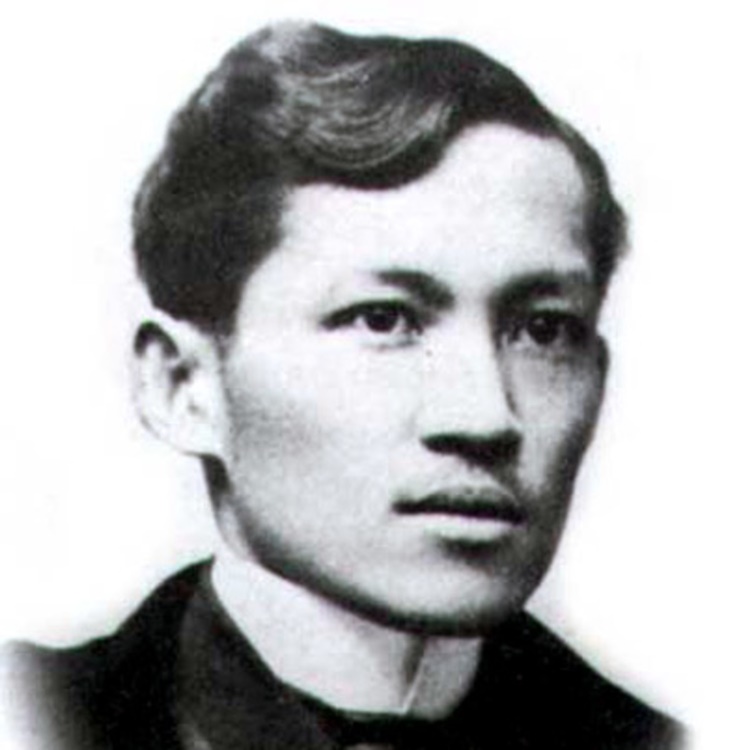
Fruit – Mango
Though mango is the favorite fruit of many Filipinos and is a common ingredient to dessert, no law yet has proclaimed that it is the National Fruit.
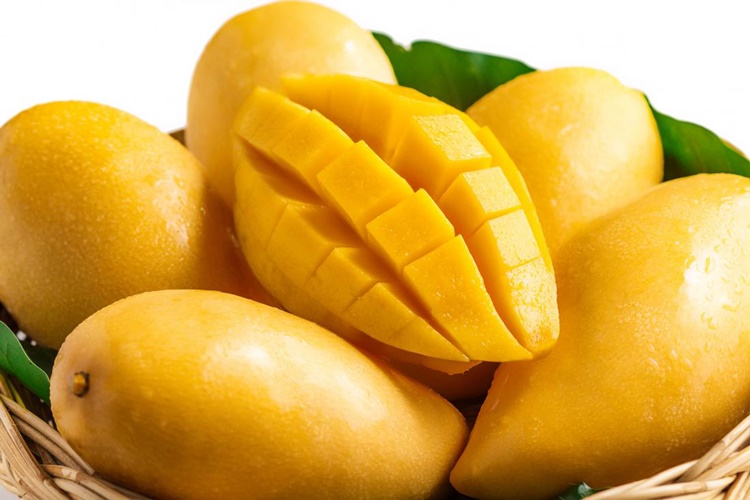
Leaf – Anahaw
Another misconception among Filipinos is that anahaw or the round-leaf fountain palm is the National Leaf of the Philippines. However, just like other unofficial symbol, there is now law yet for this.
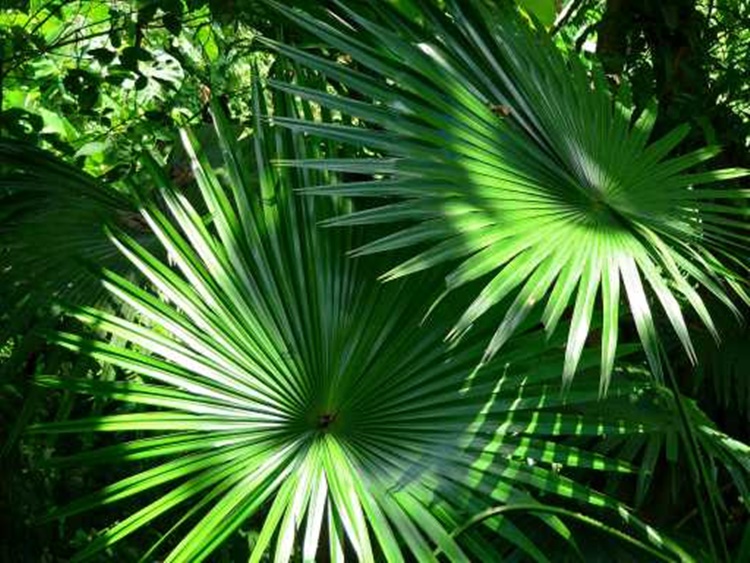
Animal – Carabao
This beast of burden has become the companion of Filipino farmers and is also known as water buffalo.
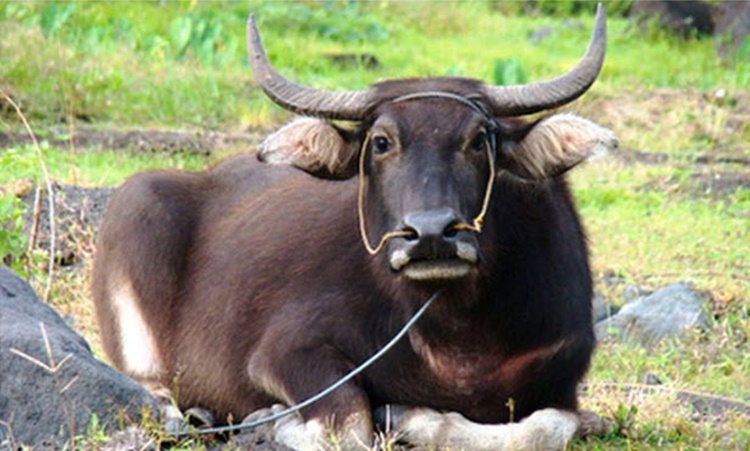
Fish – Bangus
No law yet had declared the Bangus or milk fish as the National Fish but many Filipinos are referring this tagged to it.

House – Bahay Kubo
Bahay Kubo is a prominent symbol of Filipino home in provinces. It reflects the simplicity of life in rural areas but this is not yet one of the National Symbols of the Philippines.
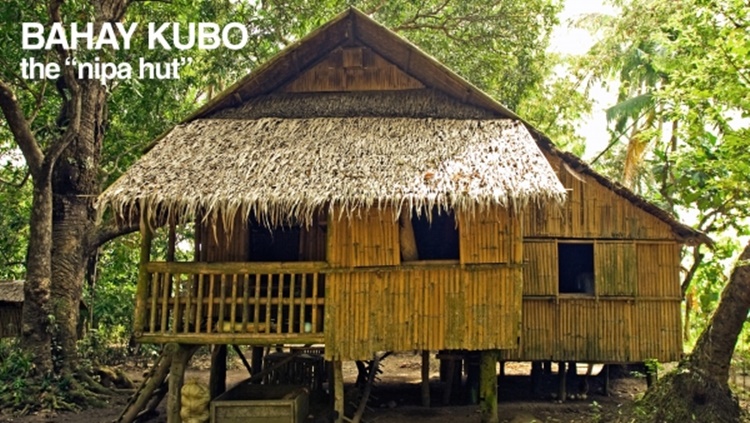
READ ALSO: English Idiomatic Expressions: Examples & Meanings

Not all of it is here